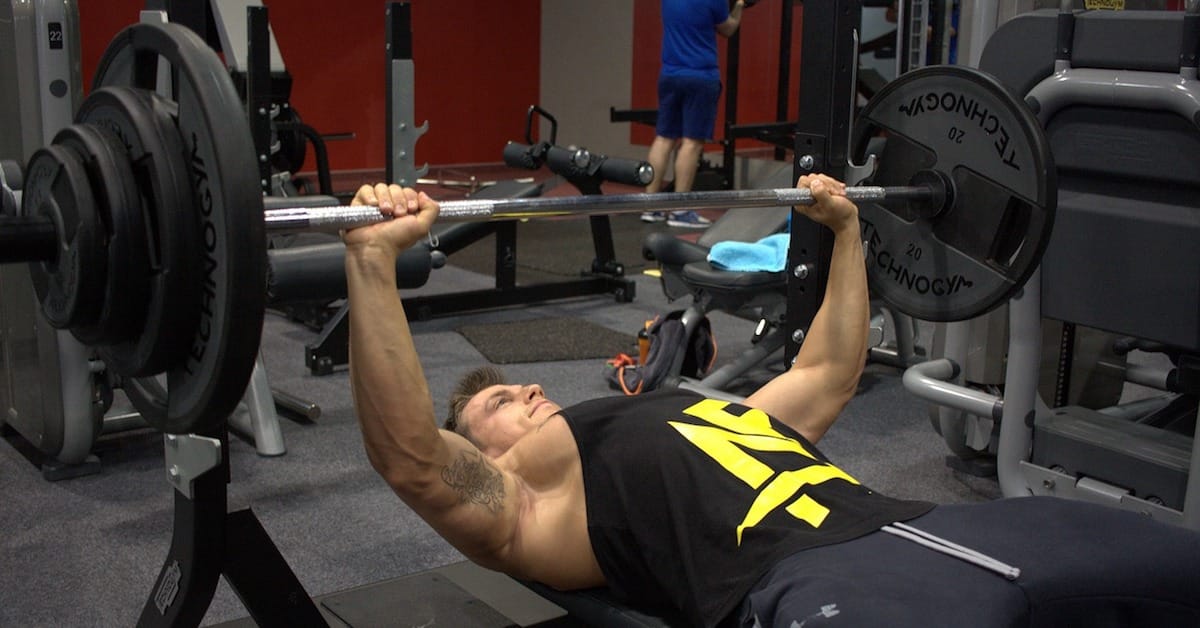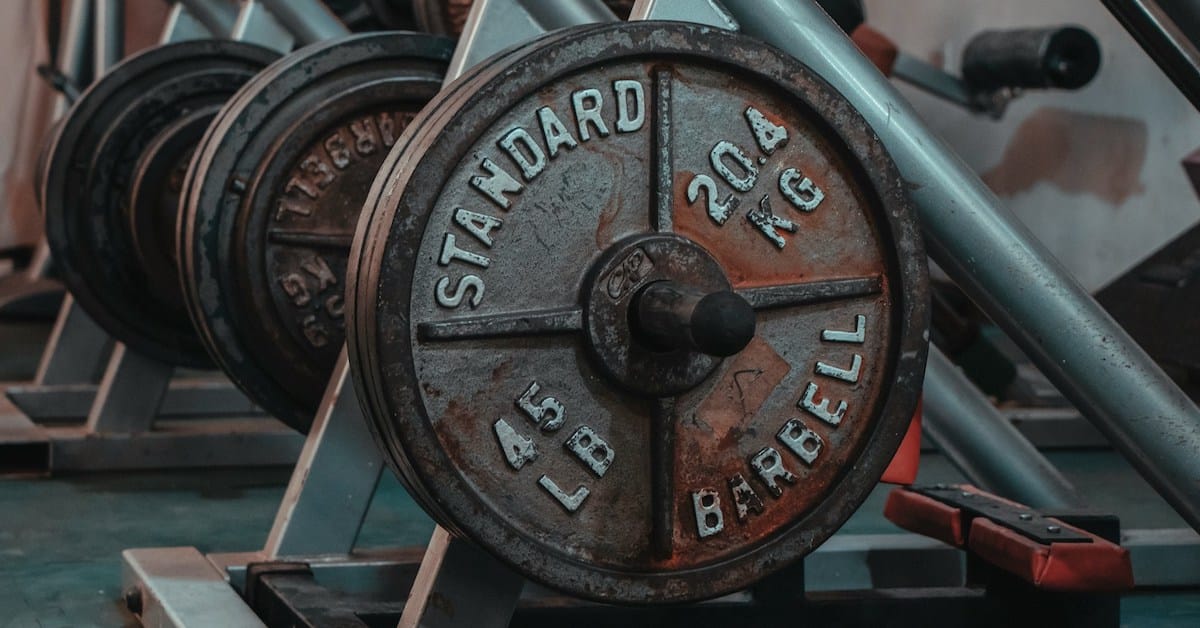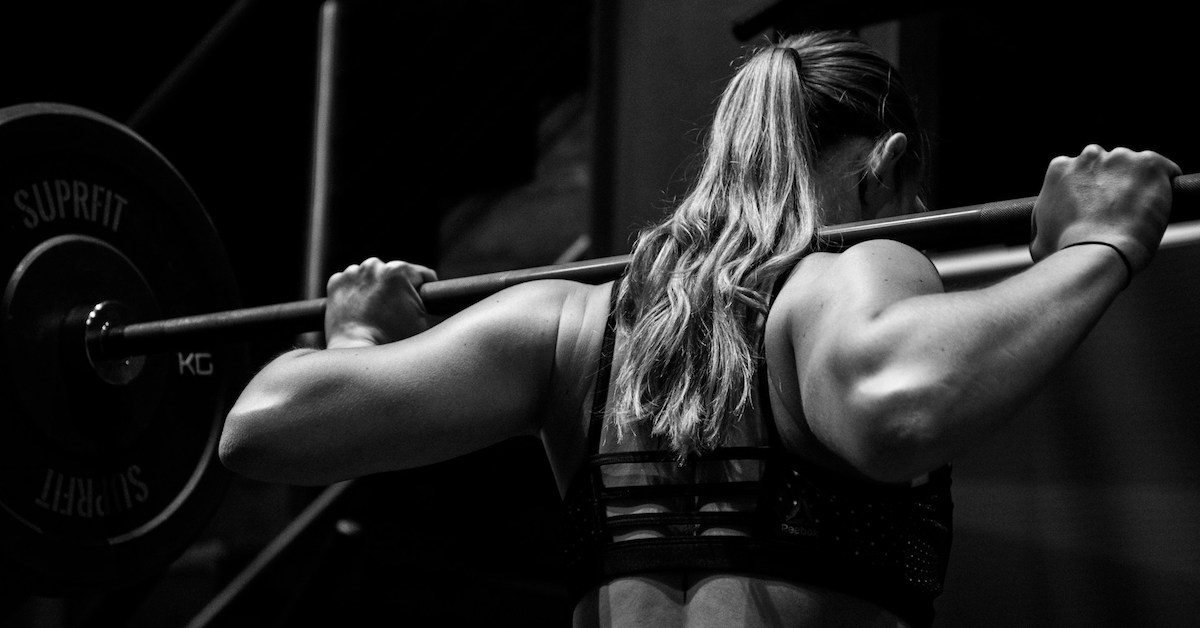I love going through books written by iron-game pioneers. For every book I read from this millennium, I read at least one from the previous millennium and many are decades old. I’m telling you, there’s nothing better than to discover where many of today’s training concepts originated, and there’s nothing new under the sun. A case in point is the one-day arm routine that you see periodically in muscle magazines. Iron legend, Harry Barton Paschall, wrote about this “unique form of rest-pause training” that was practiced by Peary Rader, the founder of Iron Man magazine, ages ago. It’s not a new method by any means.
Actually, Paschall exposed many of these original concepts back in the day. This man was a professional cartoonist, long-time contributor to Bob Hoffman’s Strength and Health magazine, and author of several books. He brought the legendary cartoon character Bosco to life, and he introduced some effective training manuals along the way. Take, for example, his first book Muscle Moulding. This gem was published in 1950 and is considered one of the best bodybuilding books ever written. In fact, it inspired one of the most effective training programs that I’ve ever used.
Below is the first weight-gaining routine from that book. It stimulated some creative thinking on my part. See if it has the same effect on you!
1. Seated curl – 10 reps
2. Seated press – 10 reps
3. Squat – 20 reps
4. Bent-arm pullover – 15 reps
5. Squat – 20 reps
6. Bench press – 10 reps
7. Squat – 20 reps
8. Straight-arm pullover – 15 reps
After I saw this program, a light bulb went off in my head. It had to do with the frequency and sequencing of squats. Notice how the squat appears three times in the workout, while every other exercise appears only once or twice in the case of the pullover. There’s a reason for that. Besides the deadlift, no other movement stimulates as much muscle mass as the squat, and no other movement gives you as much in return for your training effort.
The squat is often touted as the “king of all exercises” for a reason: If you want to seriously increase muscle size and strength, then squat! It’s that simple. Squats build the entire body, not just the legs. Three-time Mr. Olympia, Sergio Oliva, once proclaimed that you must squat if you wish to build your arms. According to Oliva, “squatting makes everything grow.” How very true! The guys who complain that their arms never grow are the same ones that never squat.
As far as strength is concerned, “you are only as strong as your legs,” according to Paschall. “Most people do not give their legs enough work to do.” Doing multiple sets of squats will give your legs plenty of work, but performance may suffer if each set is taken to the limit. That is, of course, if you conduct straight sets. What if you sequenced squats after an upper-body movement, or better yet after two upper-body movements, in a circuit fashion similar to the weight-gaining routine above? That should help improve recovery and performance, and I can tell you from experience that it works very well!
I know what you’re thinking, circuit training for strength and size gains – get real! The common notion is that circuit training is a novice method used primarily for muscle endurance and weight loss. There’s more to this classic method though. Yes, it’s great for body composition, but don’t discount its effect on muscle hypertrophy. You can gain some serious size with circuit training if done correctly, and with the size comes the strength.
Alright, enough talk – let’s get to it. I’m about to reveal several programs that utilize the concepts discussed above. Start where appropriate for your level of training, and then give it an honest shot. I think you’ll be quite impressed with the results.
Here’s a three-program progression for beginners. Each program lasts four weeks and workouts are conducted three times a week on non-consecutive days (e.g., Monday, Wednesday, and Friday).
PROGRAM 1
1. Reverse-grip cable pulldown
2. Seated neutral-grip dumbbell press
3. Squat
4. One-arm dumbbell row
5. Flat neutral-grip dumbbell press
6. Squat
7. Standing reverse-grip EZ-bar curl
8. Decline dumbbell triceps extension
9. Squat
10. Seated dumbbell wrist curl
11. Seated reverse-grip dumbbell wrist curl
12. Squat
1 set, 15-20 reps, 2-0-1-0 tempo, 60-second rest intervals
PROGRAM 2
1. Wide-grip cable pulldown
2. Seated Arnold press
3. Squat
4. Seated cable row
5. Close-grip bench press
6. Squat
7. Seated dumbbell curl
8. Flat EZ-bar triceps extension
9. Squat
2 sets, 12-15 reps, 3-0-1-0 tempo, 75-second rest intervals
PROGRAM 3
1. Mid-grip chin-up
2. Incline neutral-grip dumbbell press
3. Squat
4. Incline hammer curl
5. Parallel-bar dip
6. Squat
3 sets, 10-12 reps, 4-0-1-0 tempo, 90-second rest intervals
Feel free to use three different squat variations each program if you like. For instance, go with a wide-stance back squat in Program 1, a heels-elevated back squat in Program 2, and a conventional back squat in Program 3.
For intermediate and advanced trainees, a two-day routine works best. Each day is conducted twice a week (e.g., Day 1 on Monday and Thursday, and Day 2 on Tuesday and Friday) for a maximum of 6 exposures. After 3 weeks switch to a new routine. You can follow Program 1 with Program 2 if you like, or vice versa; however, a more effective option is to insert a bodypart split routine between them.
PROGRAM 1
Day 1
1. Lean-away pull-up
2. Incline pronated-grip dumbbell press
3. Front squat
4. Incline dumbbell curl
5. Parallel-bar dip
6. Front squat
Day 2
1. Bench press
2. Seated cable row
3. Hex-bar deadlift
4. Low-pulley rope French press
5. Seated preacher EZ-bar curl
6. Hex-bar deadlift
3-4 sets, 6-8 reps, 4-0-X-0 tempo, 90-second rest intervals
PROGRAM 2
Day 1
1. Close-neutral-grip chin-up
2. Seated neutral-grip dumbbell press
3. Back squat
4. Seated Zottman curl
5. Tiger-bend push-up
6. Back squat
Day 2
1. Flat neutral-grip dumbbell press
2. One-arm dumbbell row
3. Bent-knee deadlift
4. Standing low-pulley curl
5. Lying EZ-bar triceps extension
6. Bent-knee deadlift
3-4 sets, 8-10 reps, 3-0-X-0 tempo, 90-second rest intervals
In this scheme, squats are performed on one day and deadlifts on the other. No screwing around with lower quality leg movements – just the big boys! Paschall suggested that “doing some functional, vigorous exercise without overdoing the non-essential accessory exercises” may be the key to breaking out of a rut and putting on some true muscle growth. I completely agree.
We’ve all read Super Squats by Randall Strossen, and we all know that using short inter-repetition rest intervals to squeeze 20 reps out of a 10RM load is a potent stimulus for muscle hypertrophy and strength, but you can only get one set out with that approach. Obviously, it won’t work if you plan to perform multiple sets. In fact, on this routine, it’s a good idea to keep a couple reps in reserve initially. Don’t train to failure at first.
Why perform multiple sets? Well, Paschall noted that enthusiasts who experimented with 2, 3, and sometimes 6 or 8 sets of squats on an abbreviated program “grew like weeds in a garden!” Again, I agree. If you take a look at the intermediate/advanced routines above, you end up performing a total of 6 or 8 sets of squats or deadlifts in each workout. It’s quite deceptive because of the way they’re sequenced, but it adds up by the end.
As good as these programs may appear to be on your screen, there are two “real life” issues that must be addressed – busy gyms and sufficient equipment.
First of all, don’t attempt this routine in a busy gym. It won’t work! If you schedule your workouts during peak hours, I guarantee that someone is going to mess up your plans. Try to train during non-peak hours or consider a private facility if possible, and there’s no better place than home… which brings us to the second issue: Do you have enough equipment?
If you review the programs above, you’ll see that no piece of equipment is used twice in a workout. In my home gym, I have one of everything – one power rack, one adjustable bench, one multi-station, one functional trainer, one Olympic bar, one EZ-bar (actually two, they’re different sizes), one hex bar, etc. I have specifically designed these programs to utilize what can be found in a decent gym without having to use something twice. For instance, if I arranged a squat and bench press on the same day, well that would be a huge pain in the ass, don’t you think? You get the idea. Feel free to substitute exercises where necessary, just keep this concept in mind.



